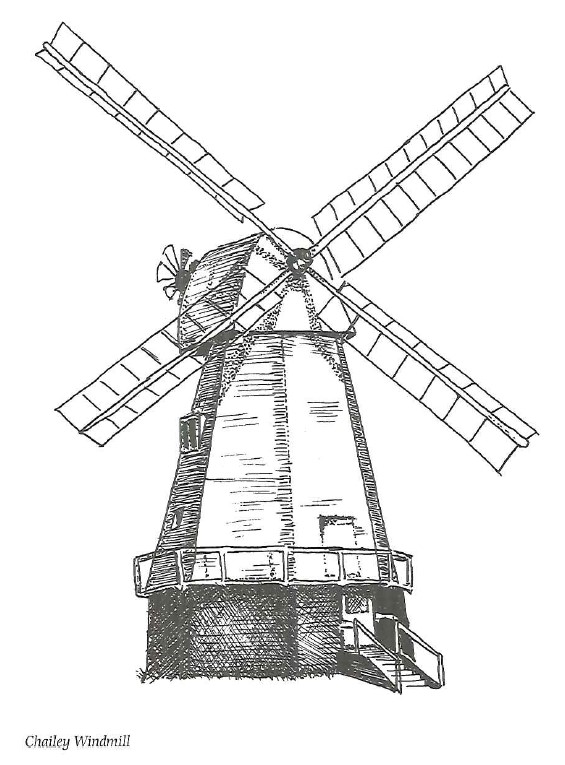Art is often controversial and in this village the work of the paintbrush has caused a stir more than once. During the Second World War the Bishop of Chichester commissioned local artists Duncan Grant, Vanessa Bell and her son Quinten Bell to paint contemporary murals on the walls of the 12th century parish church. Their vivid pictures include a soldier, sailor and airman, the Annunciation and the Nativity, and incorporate the portraits of local personalities. The angels above the chancel arch have stylish 1940s hair-dos.
The redecoration met with some opposition at the time, but today the striking work makes the little village church a gem – and, after all, it was only a revival of the medieval practice of wall painting once so widespread but now reduced to mere fragments or lost forever in other villages.
Painting of a different kind also caused a row in more recent times. The weather-beaten pub sign outside The Cricketers needed replacing, but the W.G. Grace type bearded character that now marks the pub met with less than universal approval: “Too gaudy,’ cried the locals, but it has grown on them as time goes by.
Lightning can strike twice in the same place as Berwick church bears testimony. The spire was struck and destroyed in 1774 and in 1982 considerable damage was caused to the repaired structure by ball lightning.
One of the more unusual organisations that once enriched the social life of the village was the Berwick Sparrow and Rat Club, which had the Rev. J.T. Burns as both President and Chairman. It was designed to keep down the numbers of these creatures and also gave the menfolk the chance to earn a little extra cash with 6d per dozen paid for ‘old sparrows’ and 2s per dozen paid for old rats. The younger brethren realised a little less.
There were also quarterly cash prizes of 5s, 3s and 2s being offered to the members catching the greatest numbers of sparrows and rats. But the rules of the club were strict: No member could qualify for a prize unless he had handed in a minimum of 60 sparrows and 15 rats; the prey had to be caught in the parish; and members found smoking in stack yards or on any premises whilst catching sparrows and rats, or loading shotguns with ordinary paper instead of stout wads shall be disqualified for all prizes.’ Nobody is sure when this form of bounty hunting ceased to operate.
It was recorded that the last man to stand his ground at the Battle of Lewes in 1264 was Philip Basset, Lord of Berwick and a stout champion of the defeated king’s cause. He was captured, put in the custody of the victorious Simon de Montfort’s son and taken to Dover Castle.
